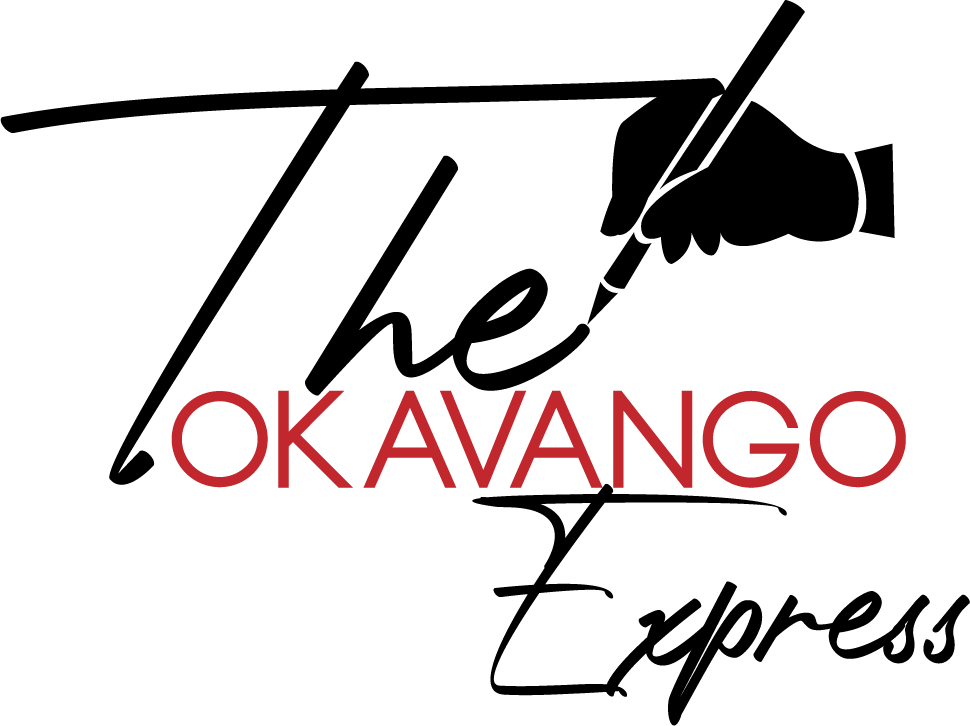In a momentous occasion, President Mokgweetsi Masisi recently opened the P 1 billion Okavango River Bridge in Mohembo.
In 2016, Government of Botswana contracted Italian Company, Itinera-Cimolai Joint Venture to construct the iconic 1.2-Km-long, cable-stayed bridge across Okavango River.
Part of components of the works which included the construction of roadworks and electrical installations, were reserved for 100% citizen contractors.
The project entailed the construction of about 1.161 km of Bridge and about 3 km of approach roads to the Bridge, as well as associated drainage, electrical installations and reticulation to the 1.161 km long bridge.
The bridge came as a sigh of relief for the communities in Okavango who had spent decades of inconvenient dependence on an unreliable pontoon to cross Okavango River from west to ‘overseas’ as the eastern side of Okavango is called by locals.
Mohembo is a village separated by Okavango River having 2500 people on the western side and 700 people on the eastern side majority who are fishermen eking a living from the river and crop farming.
Speaking during the official opening event Chief of Mohembo Village Paulos Shakova said the ‘freedom’ ushered by the new bridge to the community is unprecedented.
‘’ The days of the sick waiting by the pantoon for hours are over. We used unreliable traditional canoes (mokoro) to cross the river. If this river could talk, you’d hear stories of how many canoes have capsized carrying building materials to the eastern side. Stories of how many people have died, their boats overturned by territorial hippos in that dangerous crossing. Now we are free to move freely at last.’’
Inspired by Botswana’s elephant conservation success, the Okavango River Bridge has design of an elephant tusks paying tribute to African Elephants. Botswana has one of the highest elephant populations in the world at more than 150,000 majority of which are concentrated in the Okavango pan handle in the eastern Okavango.
Project Engineer Kobamelo Kgoboko told The Okavango Express that design pays tribute to Botswana as the country with highest elephants’ population in the world owing to the country’s conservation ideals.
Okavango River Bridge design was inspired by late Minister of Works and Transport Lesego Motsumi. Former Minister Motsumi (67) died three weeks before Okavango Bridge launch following a freak accident that resulted from explosion when she was burning refuse.
‘’When the project started, Minister Motsumi made it clear she want the bridge to be an icon not just a bridge. We came with more than seven designs which she turned down until she approved elephant tusks design’’ said kgoboko.
Kgoboko explained: ‘’ This is not just a bridge. It is a special bridge. The late Minister Motsumi’s inspiration to the aesthetics of this bridge has given it character to become a landmark that complement tourism and tells Botswana’s conservation story.’’
Kgoboko reiterated that the project was undertaken in compliance with the environmental protocols of the Ramsar Convention and UNESCO World Heritage site which covers the Okavango Delta.
‘’The protocols stipulate that the bridge must allow water to move freely and that we ensure free movement of wildlife including fish and soil sediments. We have conformed to these requirements. We can safely say this is a modern environmentally friendly project.’’
Eric Molale, Minister of Transport and Public Works explained that they are plans to transform the bridge construction offices in to a post where tourist could watch the magnificent bridge lights at night as a tourism product benefiting local communities. The bridge also offers tourism opportunities for witnessing sunsets and sunrises over the iconic bridge.
Officially opening the project, President Mokgweetsi Masisi alluded to the positive impact the project will have on the socio-economic outlook of the villages of the Okavango region such as Mohembo, Kauxwi, Xakao, Sekondomboro, Ngarange, Mogotlho, Seronga, Gunotsoga, Eretsha, Beetsha, Gudigwa.
Masisi said ‘’I wish to take this opportunity to implore the residents of the Okavango region to appreciate that they are the owners of this bridge, and should proudly take responsibility in curbing vandalism and theft of components of the bridge, which is a criminal behaviour that has been observed in other road projects.’’
Masisi stated that the new Okavango River Bridge at Mohembo Village means that there is no restriction of movement for the residents of Okavango, which in the past was imposed by the schedule of time during which the Pontoon operated. ‘’Thus, the greatest socio-cultural benefit of this bridge is the ease of social interaction and the forging of social coherence between communities on the East and West side of the Okavango River’’ he noted.

